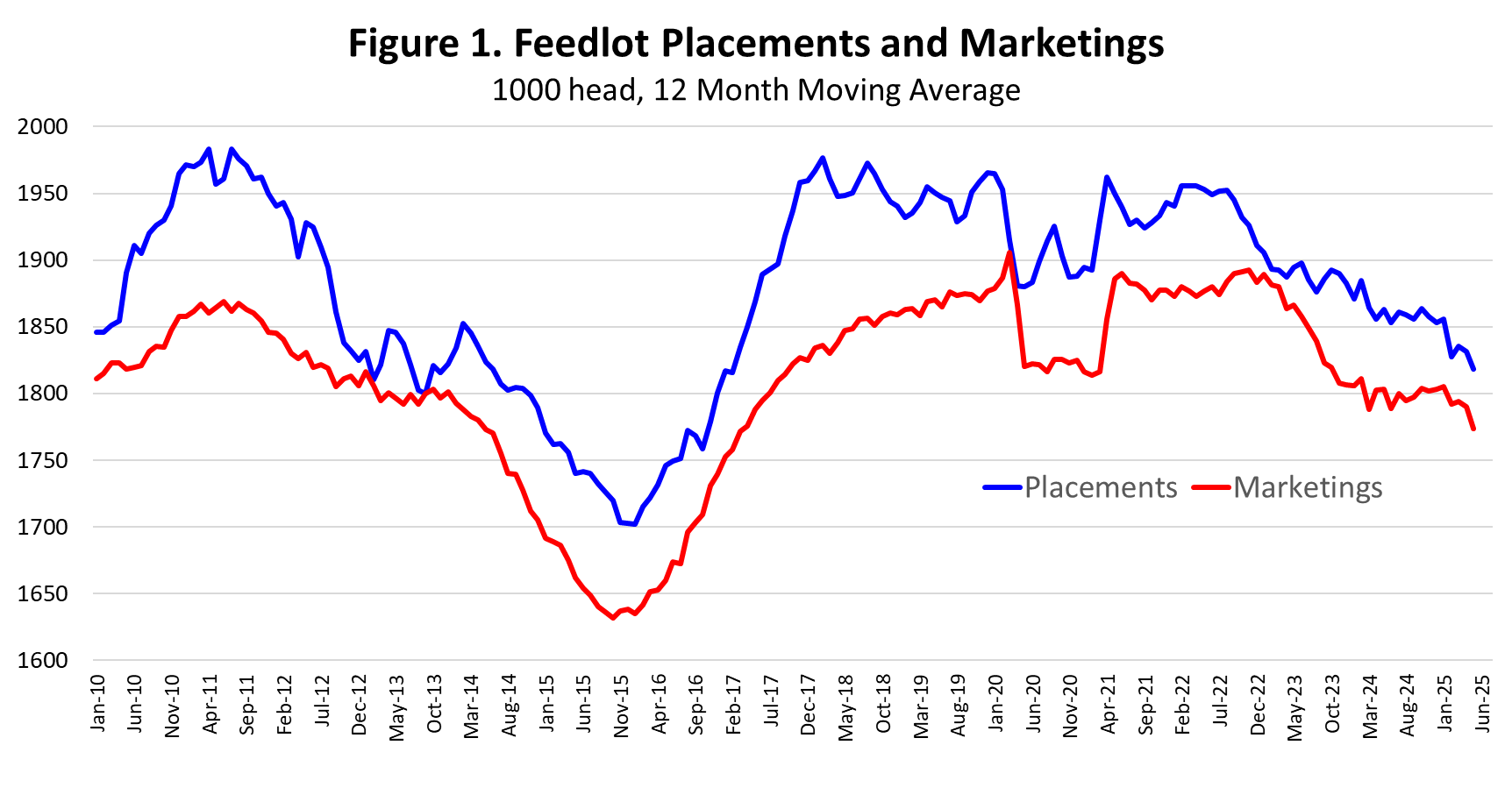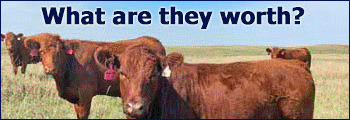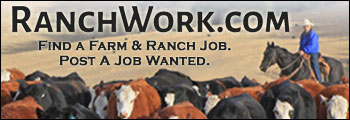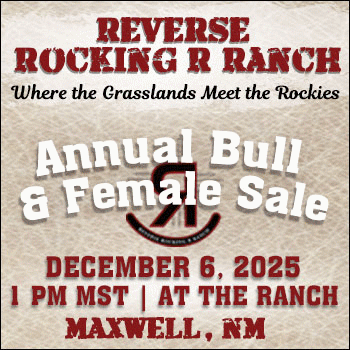Derrell S. Peel, Oklahoma State University
The latest USDA Cattle on Feed report highlights the important distinction between stocks and flows in data. Cattle on Feed is a stock (or inventory) value at a point in time, while placements and marketings are flows of cattle through feedlots. Feedlot placements of cattle in May were down 7.8 percent year over year, a slightly bigger decrease than expected. Placements have been down seven of the past ten months with total placements the last six months down 4.4 percent compared to the same period one year earlier. In fact, annual (12-month) average monthly placements peaked cyclically in February 2018 and are down 8.0 percent as of May 2025 (Figure 1 above). The largest U.S. calf crop in this cattle cycle was in 2018 and has been getting smaller since then.
Despite lower placements, the July 1 feedlot inventory was 11.442 million head, down just 1.2 percent year over year. Feedlot inventories have been lower year over year for the past seven months but have averaged just a 1.2 percent decrease each of those months. Moreover, the June 12-month moving average of feedlot inventories is down just 2.8 percent from the cyclical peak in average feedlot inventories in September 2022 (Figure 2).

The discrepancy between feedlot placements and inventories is explained by feedlot marketings relative to placements. May placements were down 10.2 percent year over year, about as expected, but have decreased a total of only 3.1 percent year over year in the past six months, including the May figure. Annual average marketings peaked cyclically in March 2020 and are down 7.0 percent since then (Figure 1).
The feedlot is like a water tank with placements as the inflow and marketings as the outflow. Slower inflow is more than offset by slower outflow and helps keep the inventory (stock level) of the feedlots temporarily higher than the flows would indicate. However, feedlot inventories will keep slowly eroding with more time. The fact is that feedlot production and beef production are falling and will continue to fall, probably faster, in the coming months.















